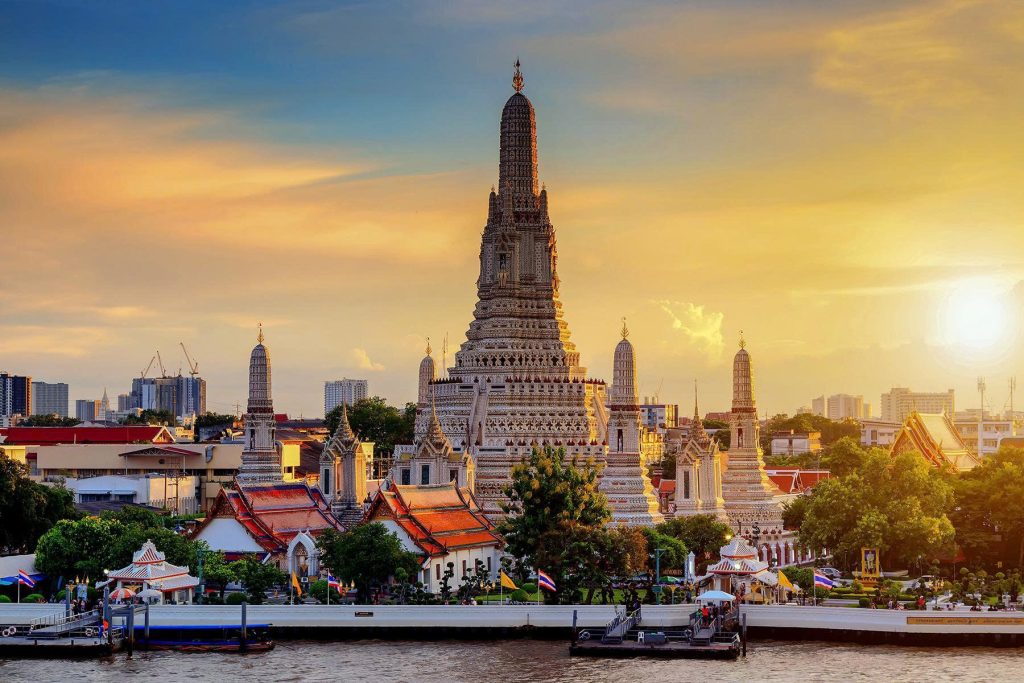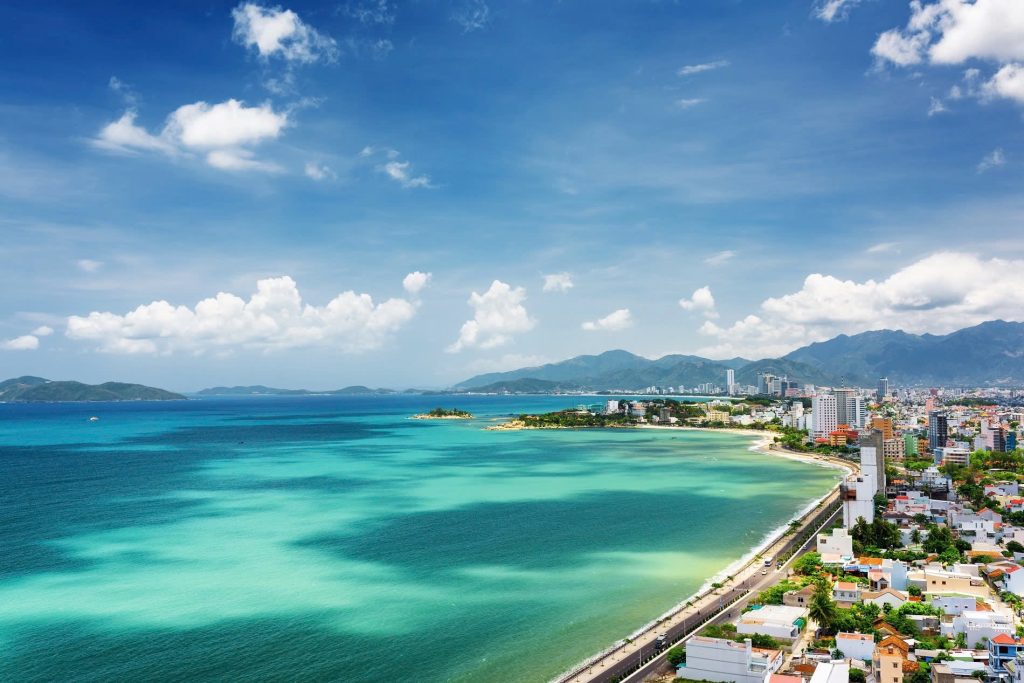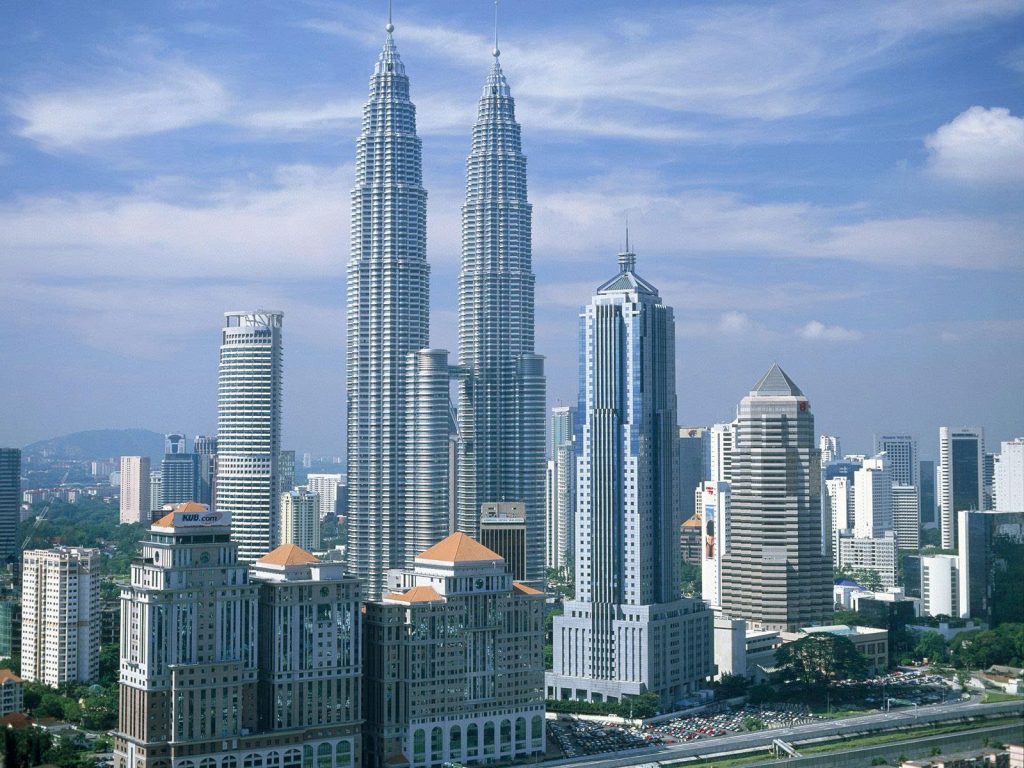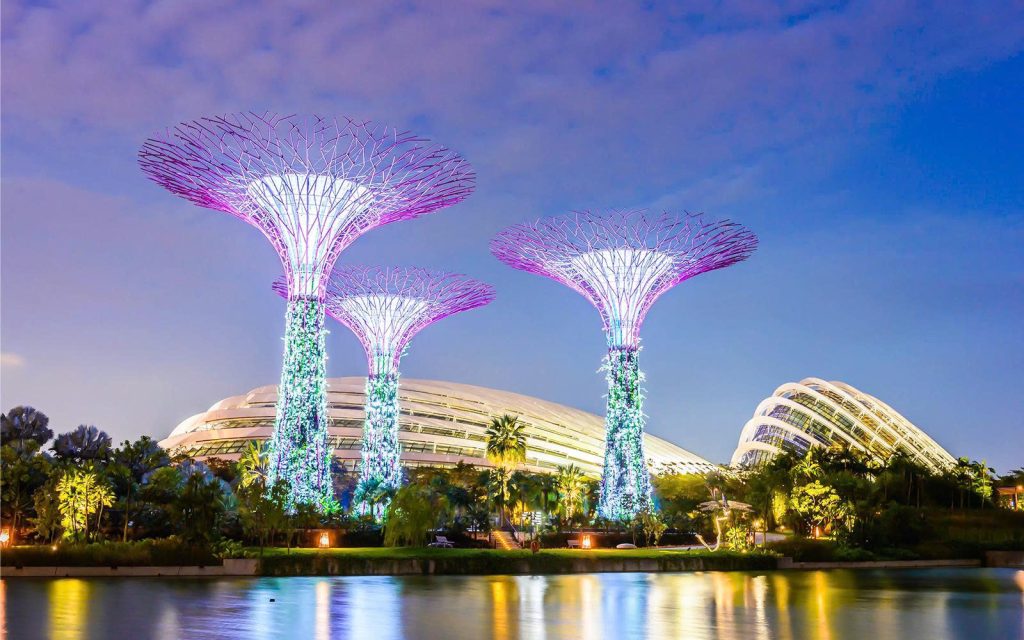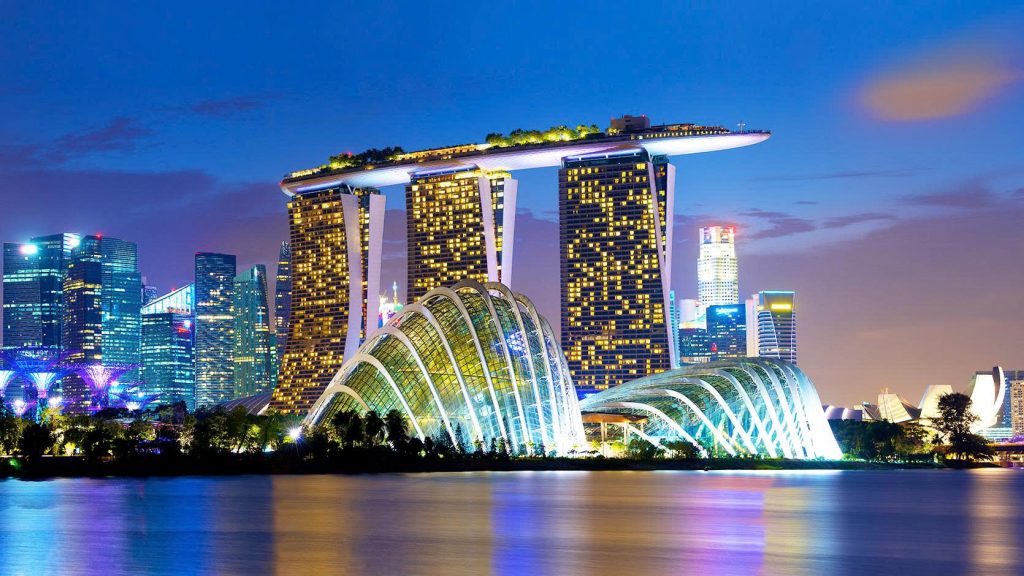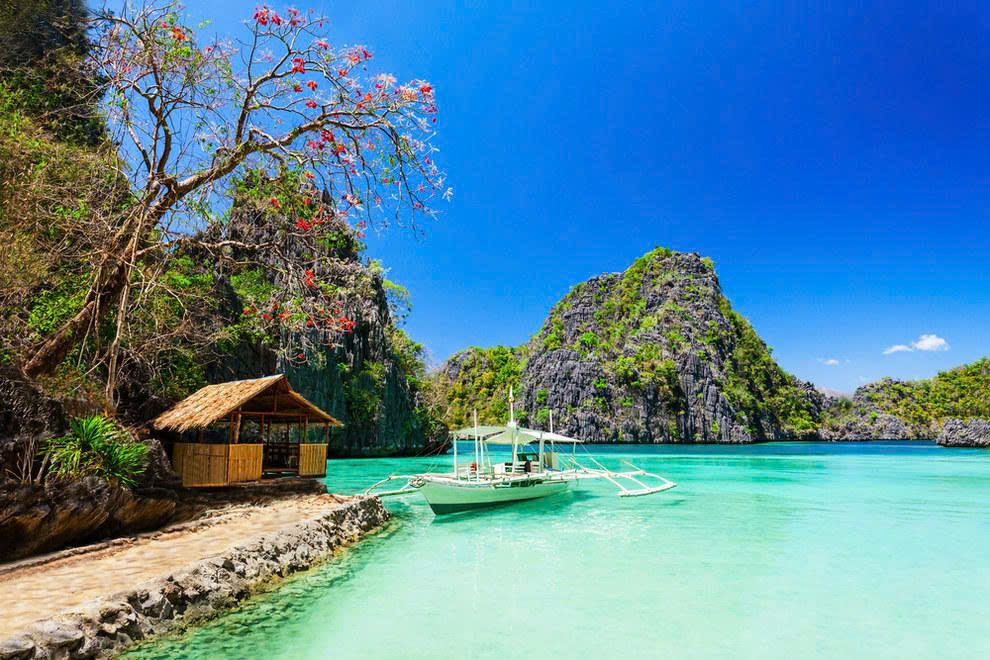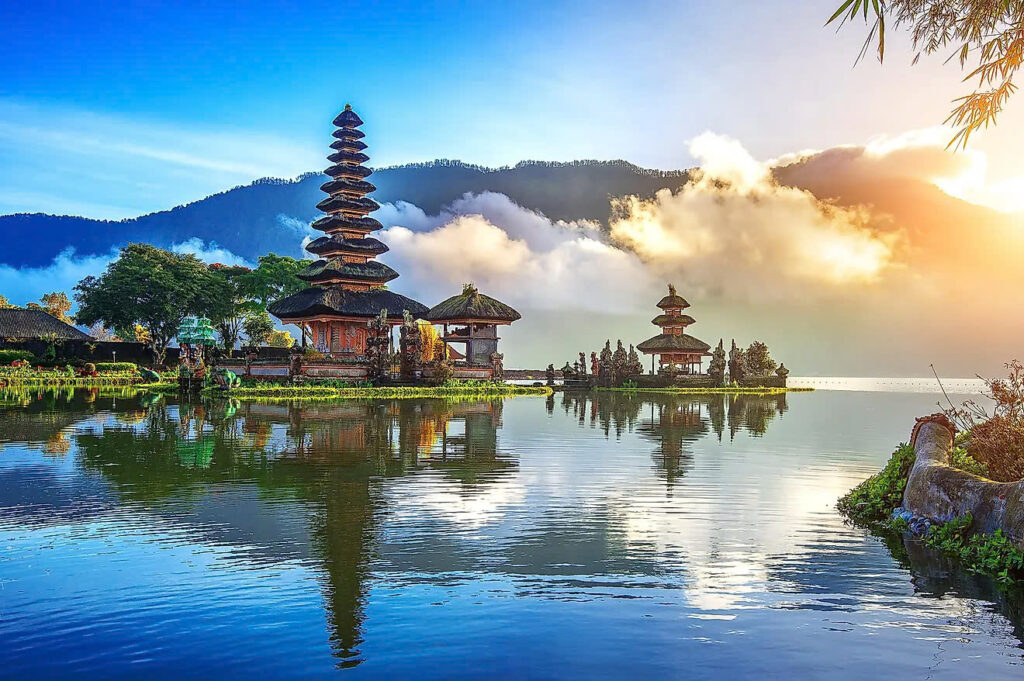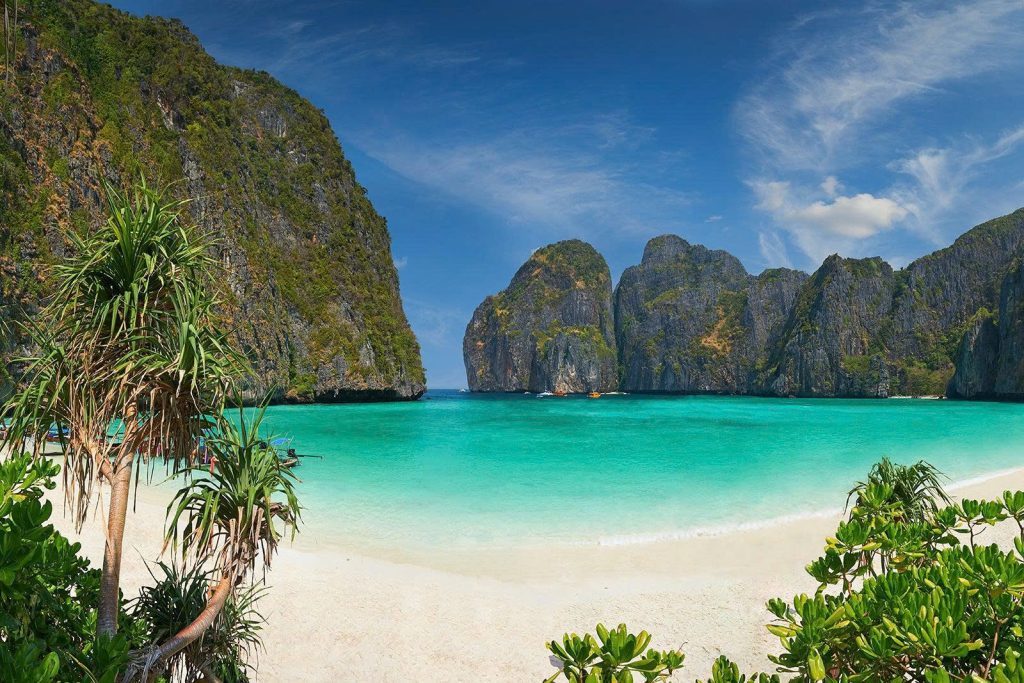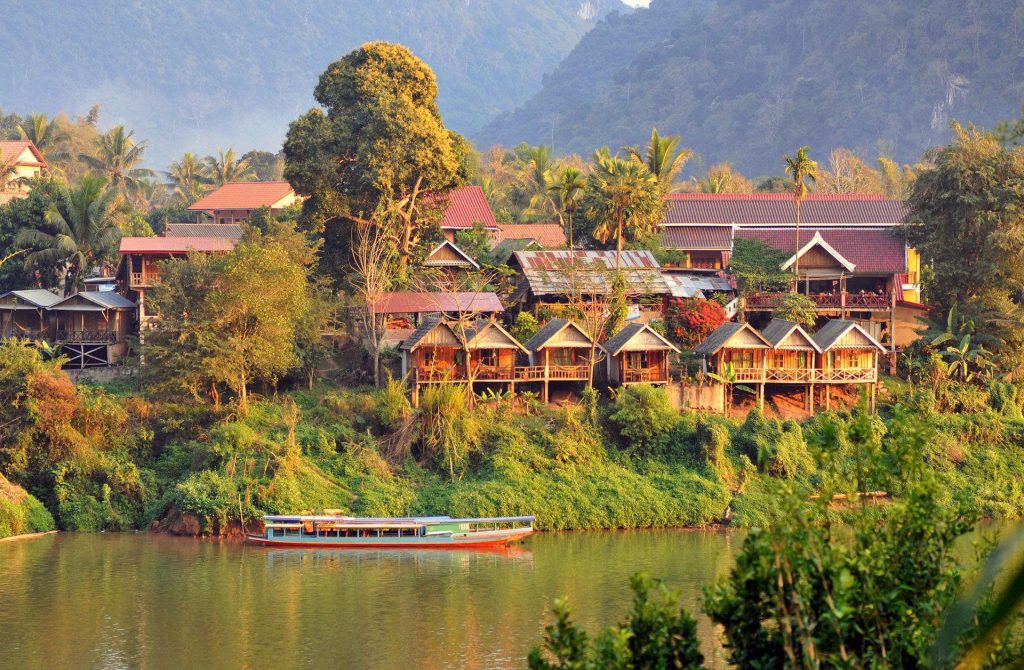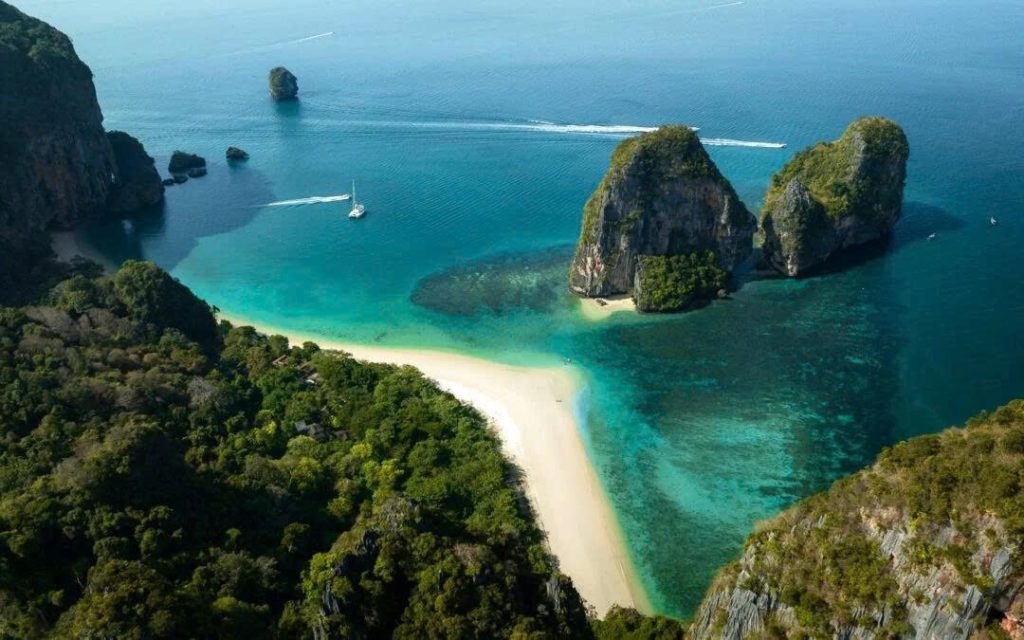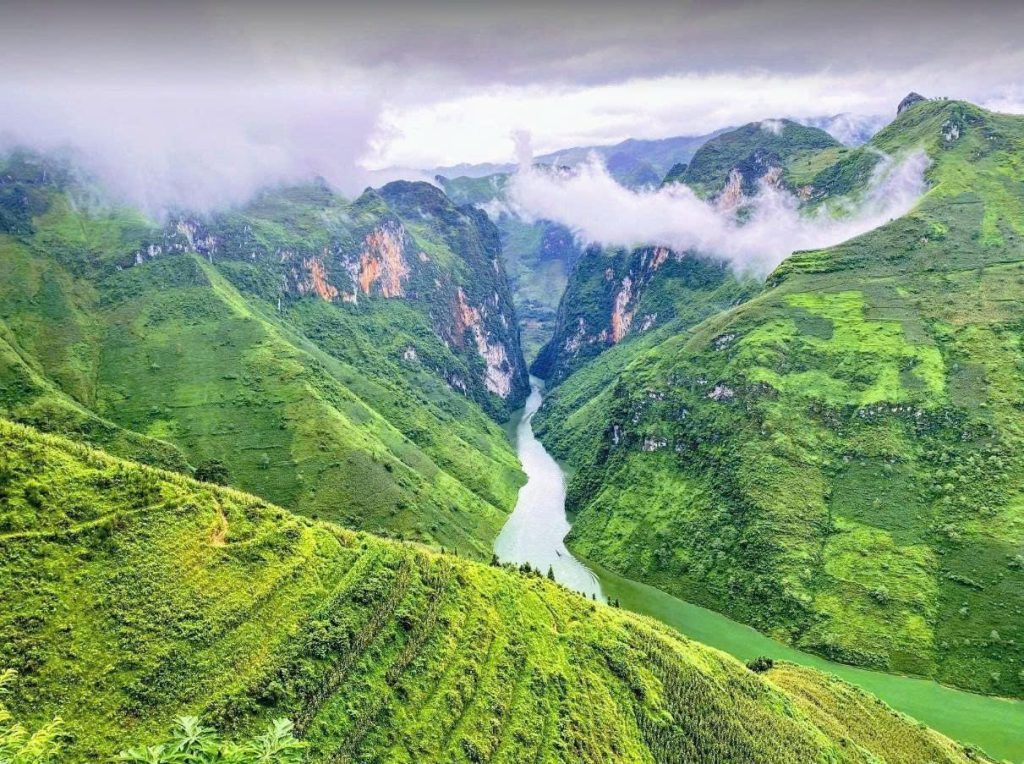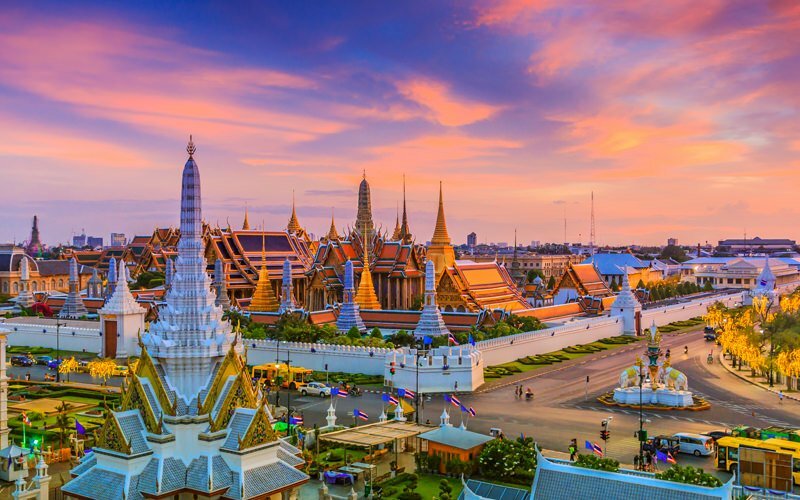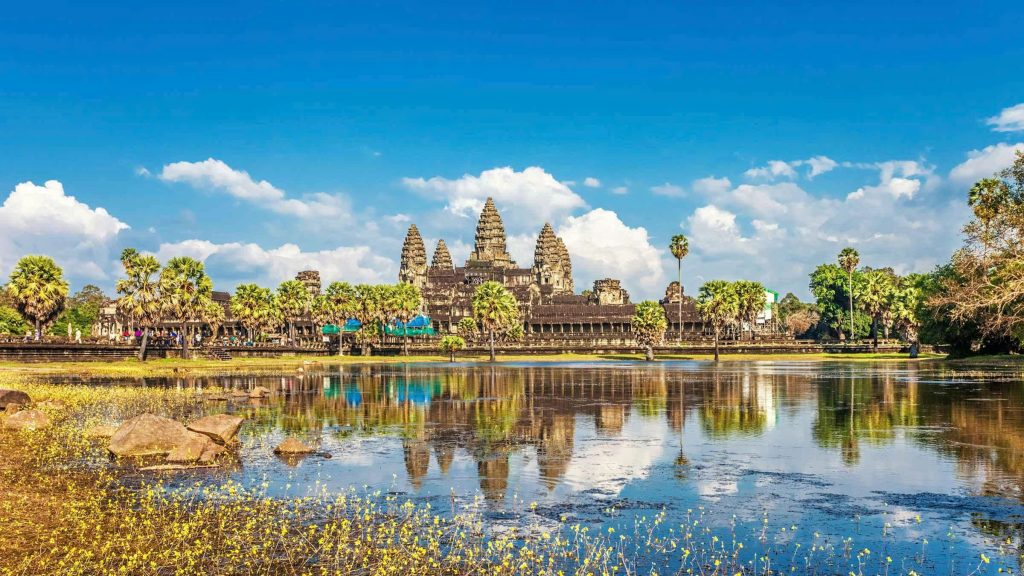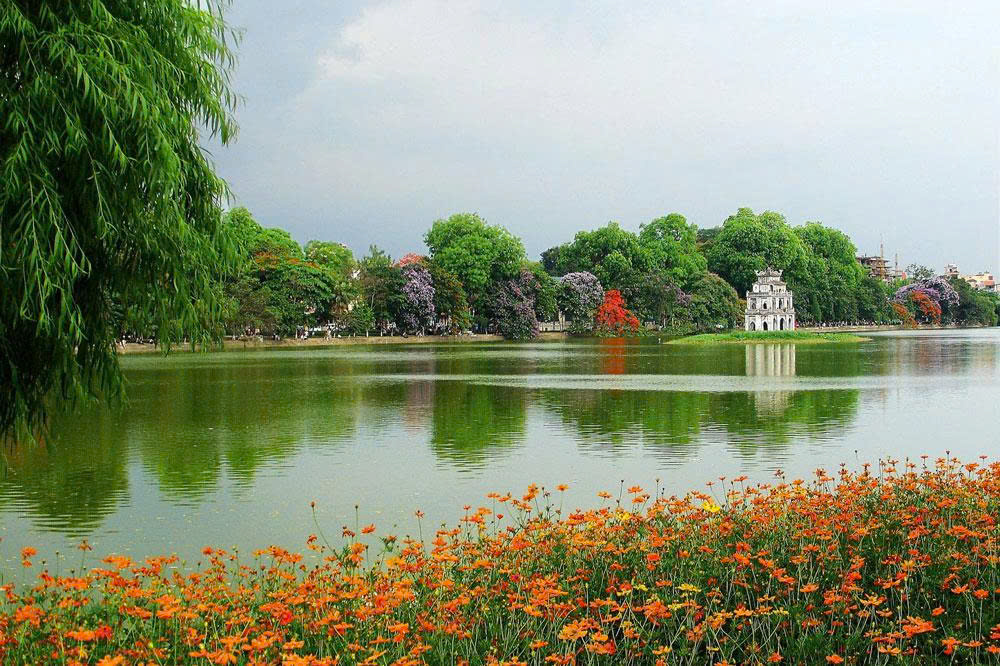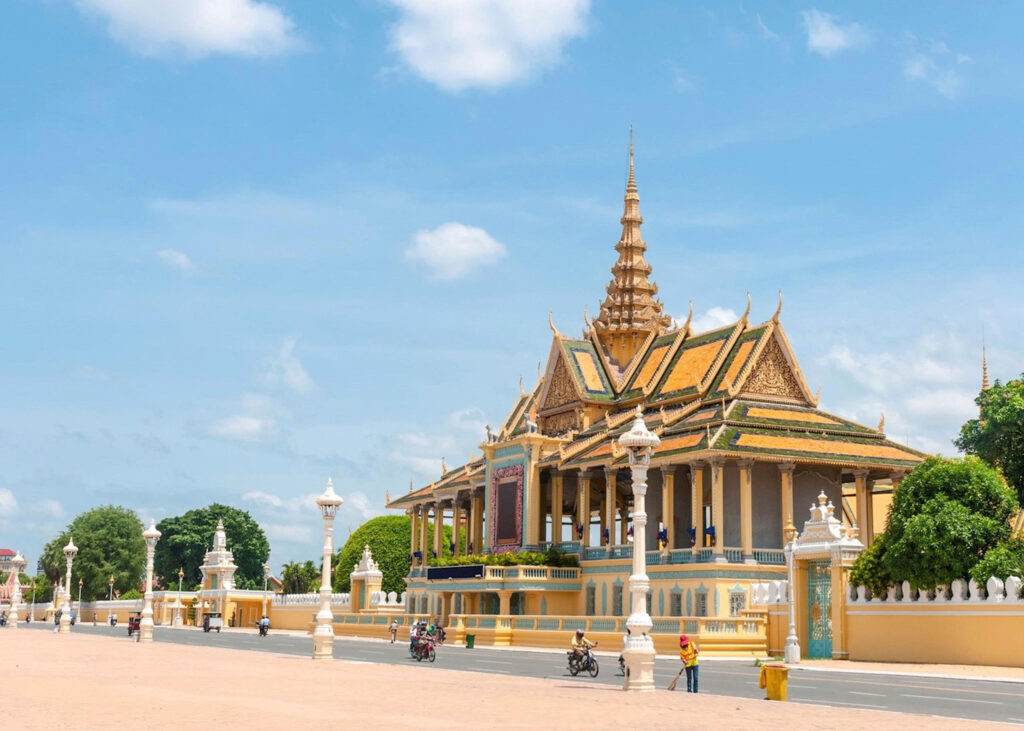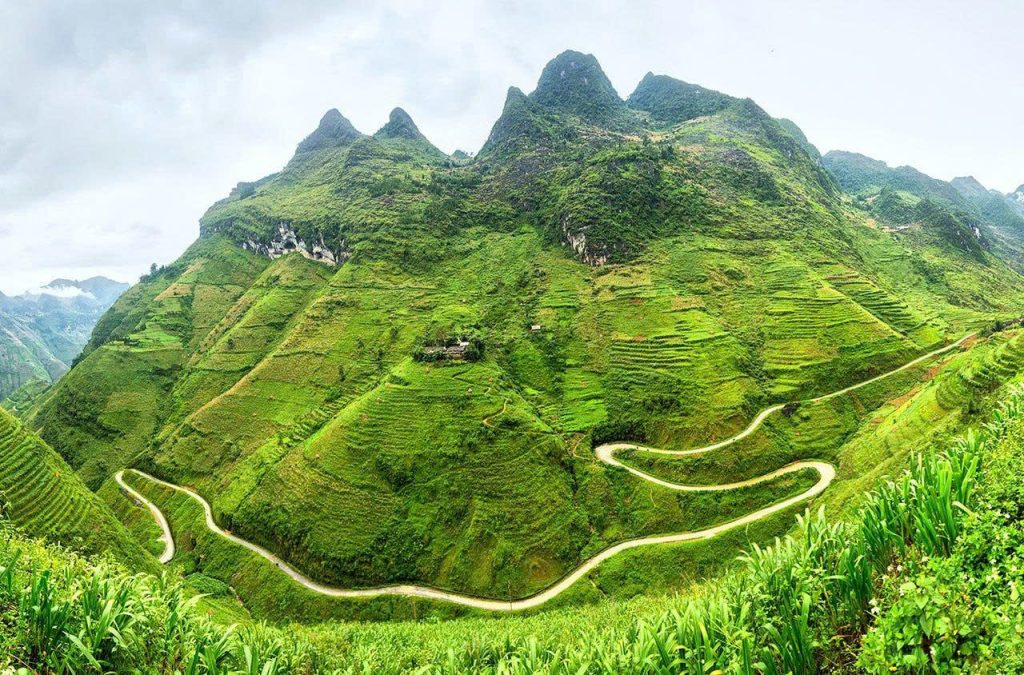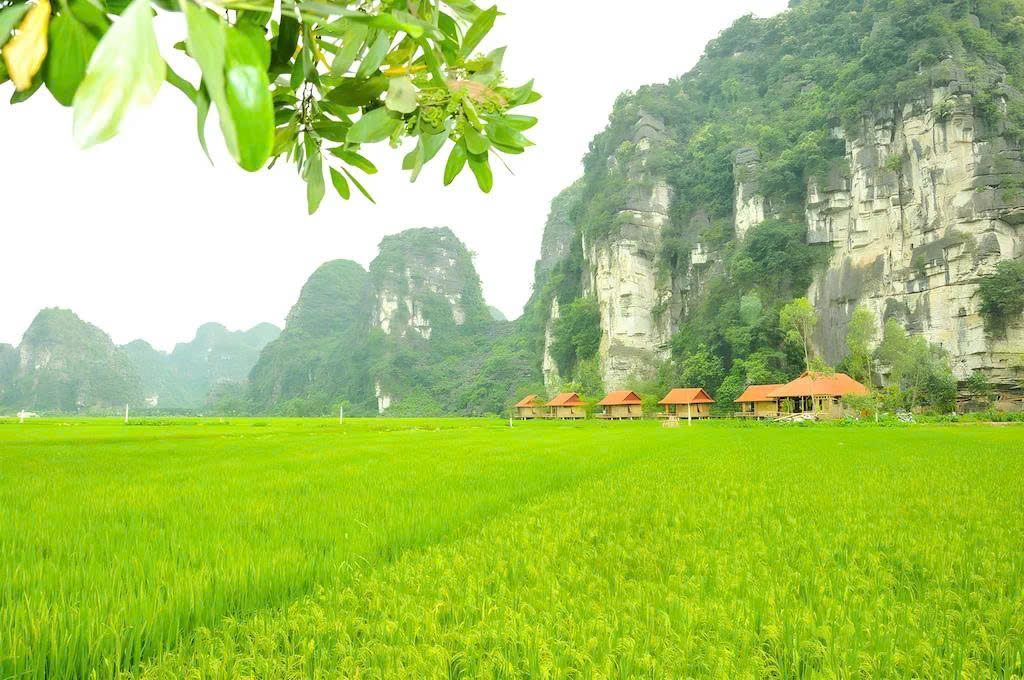Thailand is consistently ranked as one of the world’s most accessible, beautiful, and culturally rich travel destinations. From the glittering temples of the north to the turquoise seas of the south, it offers a kaleidoscope of experiences. However, when time is a constraint—specifically, just seven days—strategic planning becomes paramount.
The key to a successful 7-day Thailand itinerary is to limit your destinations to two major hubs (or one hub and one region). Trying to cram in Bangkok, Chiang Mai, and the Southern Islands in seven days will leave you exhausted, spending more time in airports than enjoying the culture. Our guide focuses on efficiency and experience, ensuring you get the most out of your limited time.
How Much Does a 7-Day Thailand Trip Cost?
Understanding the Thai Baht (THB) and setting a realistic budget is crucial for an enjoyable week. Thailand remains an incredibly affordable destination, though your choices affect the total cost dramatically.
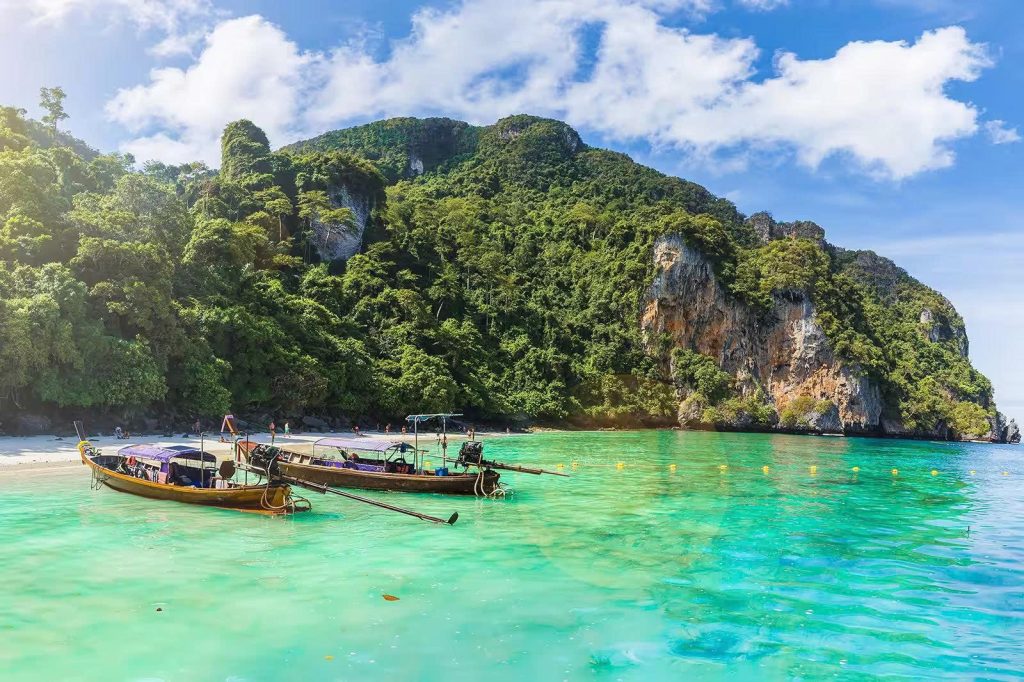
| Budget | Low-End / Backpacker (THB) | Mid-Range (THB) | Luxury (THB) |
| Accommodation (7 nights) | 3,500 – 5,500 | 10,000 – 18,000 | 25,000 + |
| Food & Drink (Daily) | 500 – 800 | 1,200 – 2,000 | 3,000 + |
| Local Transport (Daily) | 100 – 300 | 300 – 700 | 500 – 1,000 |
| Activities & Entry (Total) | 1,500 – 3,000 | 4,000 – 8,000 | 8,000 + |
| Domestic Flights (Total) | 3,000 – 4,500 | 4,000 – 6,000 | 5,000 – 8,000 |
| Total Estimated Budget (Excluding Int’l Flights) | 9,000 – 17,000 | 19,500 – 33,200 | 41,500 + |
| Total in USD (Approx.) | $250 – $475 | $550 – $920 | $1,150 + |
(Note: Conversion based on 1 USD ≈ 36 THB, subject to fluctuation.)
The Best Time to Visit Thailand
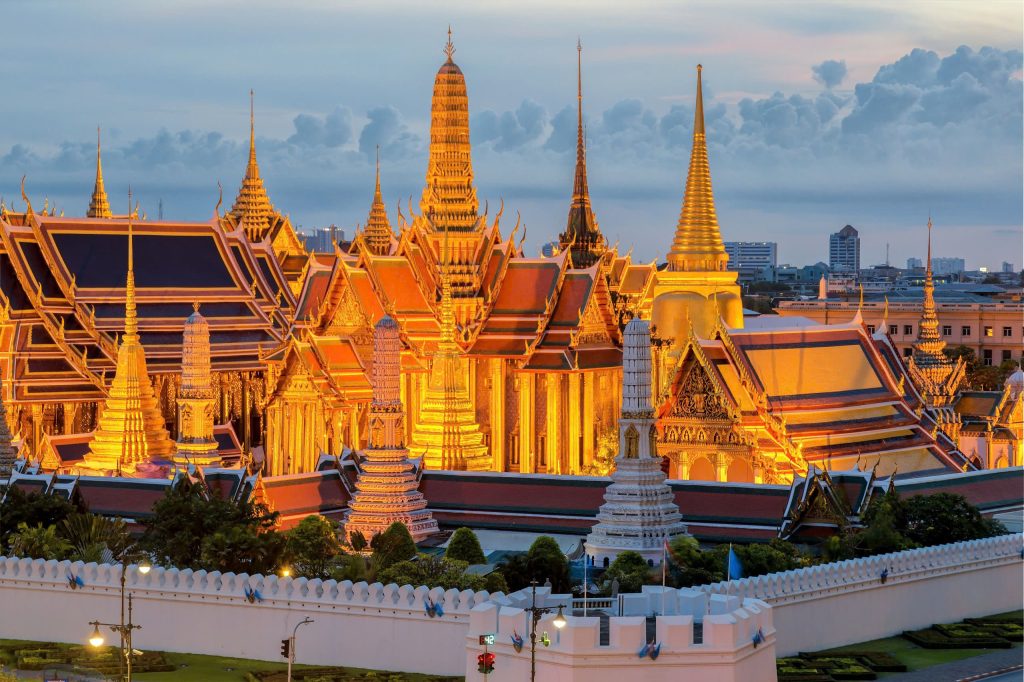
The ideal time to visit Thailand is during the dry season (November to February) when temperatures are milder and rainfall is minimal. However, this is also peak season, meaning higher prices.
- Off-Peak Seasons (March – May / September – October): Offers a balance of lower prices and decent weather. Expect heat in March–May.
- Wet Season (June – October): Best for budget travelers. It often means short, heavy afternoon showers, leaving the rest of the day clear, and the waterfalls are at their most magnificent.
2. Choose Your Perfect 7-Day Thailand Itinerary
To maximize your one-week trip, you must commit to one of these three tried-and-tested itineraries.
Option 1: The Classic Route – Bangkok and the Southern Islands
This route is ideal for first-time visitors seeking a balanced experience of bustling city life, ancient culture, and world-class beaches.
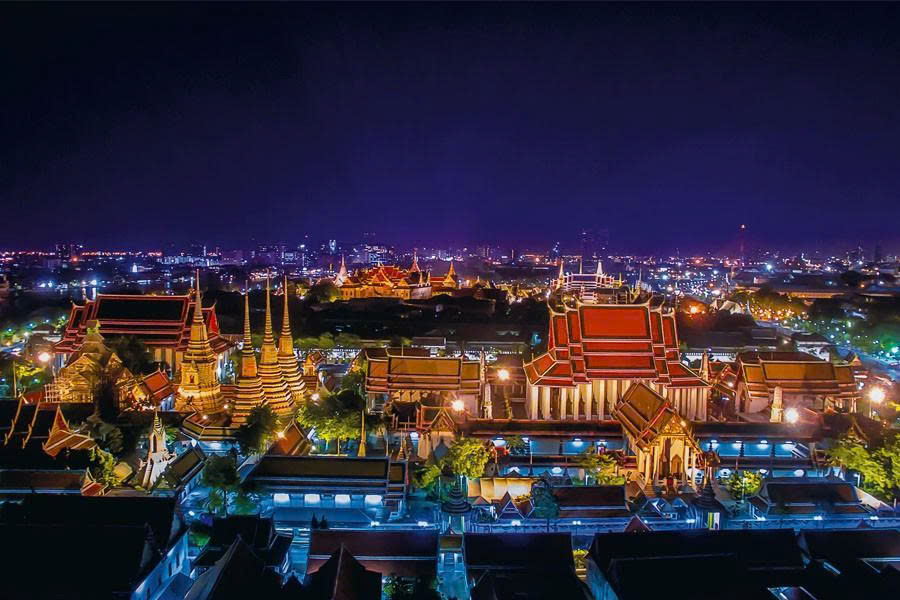
- Focus: Culture, food, temples, and relaxation.
- Hubs: Bangkok (BKK/DMK) and Phuket (HKT) or Krabi (KBV).
- Days 1-3: Bangkok – Culture, Chaos, and Cuisine
- Immerse yourself in the capital’s historical core. Use the efficient BTS Skytrain and MRT Subway to navigate.
- Essential sights include the gold-covered spires of the Grand Palace, the majestic Wat Pho (Reclining Buddha), and the riverside beauty of Wat Arun.
- Devote an evening to the delicious chaos of Chinatown (Yaowarat Road).
- Days 4-7: Beach Bliss – Phuket, Krabi, or Phi Phi
- Take an early morning domestic flight (approx. 1.5 hours) south.
- Spend time island hopping on a longtail boat to iconic locations like Phi Phi Islands (Ko Phi Phi Don, Ko Phi Phi Lee) and Railay Beach (Krabi).
- Enjoy the nightlife and tourism infrastructure of Phuket or the rugged natural beauty of Krabi.
Option 2: The Northern Charm – Bangkok and Chiang Mai
This route is perfect for those interested in history, Lanna culture, trekking, and ethical wildlife encounters.
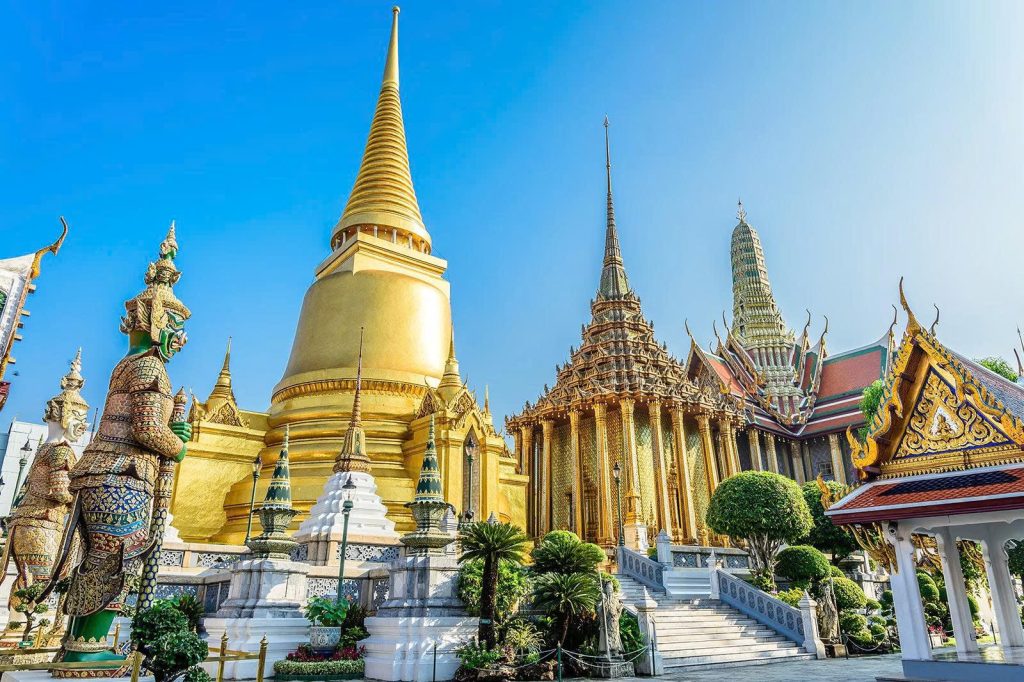
- Focus: History, mountains, spirituality, and markets.
- Target Hubs: Bangkok (BKK/DMK) and Chiang Mai (CNX).
- Days 1-2: Bangkok Essentials and Nightlife
- Focus on the absolute essentials to save time: Grand Palace, and an evening at a high-end rooftop bar or the vibrant Khao San Road.
- Days 3-7: Chiang Mai – Temples, Mountains, and Markets
- Fly north (approx. 1.2 hours). The air is cooler and the pace is slower.
- Explore the Old City’s 300+ temples, including the stunning mountaintop Wat Phra That Doi Suthep.
- Dedicate a day to visit an ethical sanctuary, such as Elephant Nature Park, supporting responsible tourism.
- Spend the evenings exploring the famous Chiang Mai Night Bazaar or the unique Sunday Walking Street.
Option 3: Islands Only – Pure Beach Escape (Krabi & Koh Lanta)
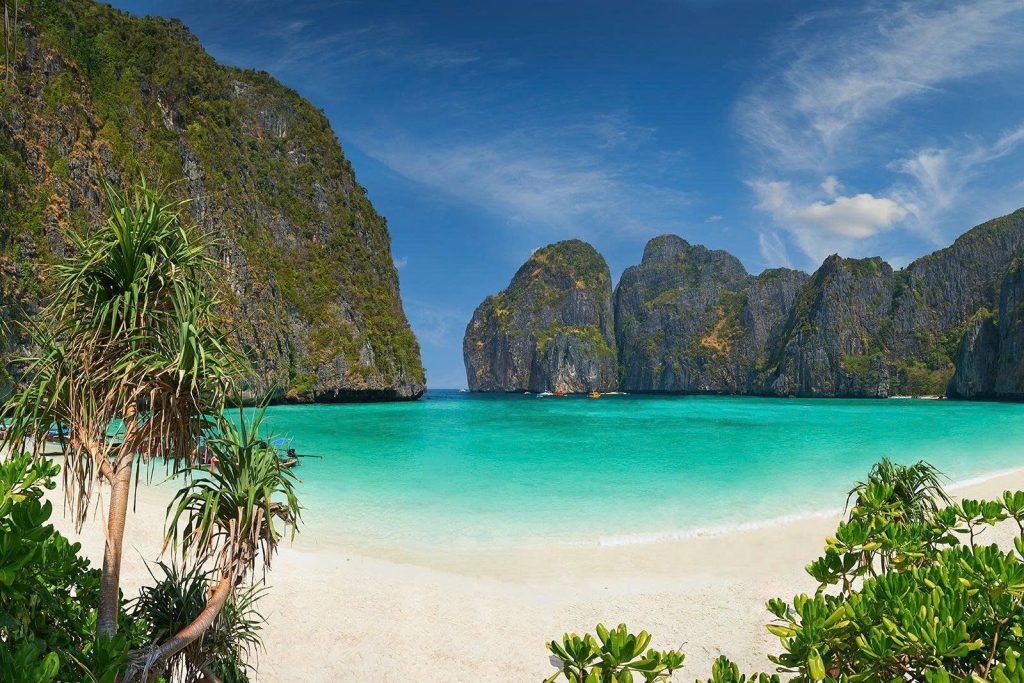
For travelers who simply want to relax, swim, and dive, skipping the city rush entirely.
- Focus: Beaches, diving, quiet relaxation.
- Target Hubs: Fly directly into a southern hub like Krabi (KBV) or Surat Thani (URT).
- Activity LSI: Use ferries and speedboats to travel between smaller islands like Koh Lanta or Koh Tao.
- Tip: Note that flying into smaller islands may require connecting flights or long ferry rides, which cuts into the 7-day window.
3. Detailed Daily Breakdown: The Classic Bangkok & Phuket Route
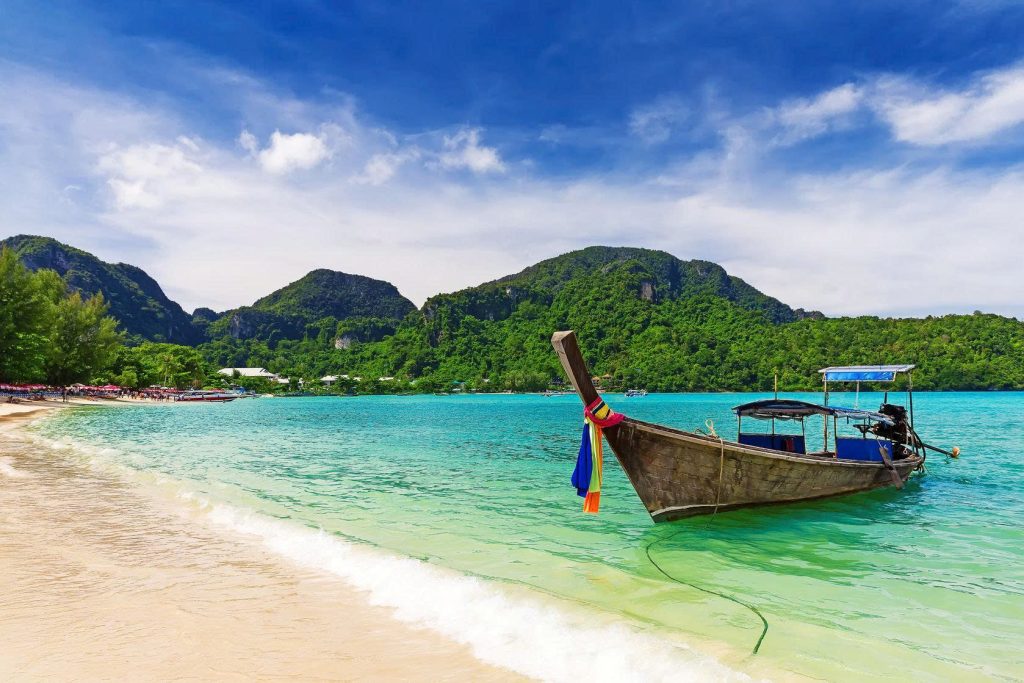
Since the Classic Route is the most common choice for a 7-day trip, we provide an optimized day-by-day plan:
| Day | Location Focus | Activities & Icons | Tips |
| Day 1 | Bangkok: The City of Angels | Arrive at Suvarnabhumi Airport (BKK). Check into accommodation near the Chao Phraya River. Afternoon: Visit the Grand Palace and Wat Pho. Evening: Take a dinner cruise on the river. | Tip: Dress modestly (cover shoulders/knees) for all temples, including the Grand Palace. |
| Day 2 | Bangkok: Immersion | Morning: Take the BTS Skytrain to the famous Chatuchak Weekend Market (if weekend) or the Or Tor Kor Market. Afternoon: Explore the beautiful architecture and history of the Jim Thompson House. Evening: Indulge in street food in Chinatown (Yaowarat Road). | Foodie Tip: This is the best place to find high-quality street Pad Thai and seafood. |
| Day 3 | Bangkok & Travel Day | Morning: Visit the unique Wat Arun (Temple of Dawn) across the river. Midday: Take a pre-booked domestic flight to Phuket International Airport (HKT). Evening: Settle into your beach hotel. | Logistics: Fly from Don Mueang (DMK) with low-cost carriers for the best deals. |
| Day 4 | Phuket: Iconic Islands | Take a speed boat tour to the famous Phi Phi Islands (Ko Phi Phi Leh, Maya Bay) and Bamboo Island. Be ready for crowds at Maya Bay. | Safety: Sunscreen and hat are non-negotiable. Tours often include lunch and snorkeling gear. |
| Day 5 | Phuket: Culture & Views | Morning: Visit the massive white marble Big Buddha for panoramic views. Afternoon: Explore the colorful Sino-Portuguese architecture and street art of Phuket Old Town. Evening: Enjoy dinner and shopping in the Old Town. | Culture Tip: Always be respectful when viewing the Big Buddha. |
| Day 6 | Phuket: Relaxation & Local Life | Morning: Relax on a less-crowded beach like Kata Noi or Freedom Beach. Afternoon: Visit a local fruit market or enjoy an authentic Thai massage. Evening: Consider a final celebratory dinner or a sunset cocktail. | LSI: Thai massage, local markets, longtail boat rental. |
| Day 7 | Departure | Enjoy a final Thai breakfast. Transfer back to HKT for your international flight home. | Budget Check: Keep 1,000 THB cash aside for last-minute purchases or airport transfers. |
4. The Logistics Survival Guide: Saving Time and Baht
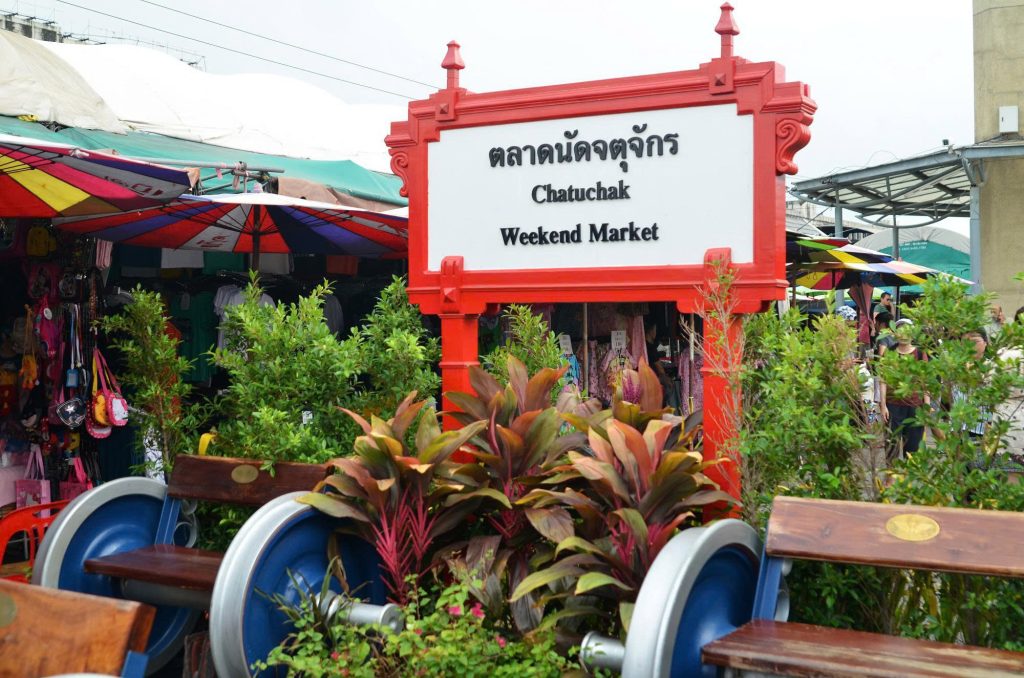
Efficient logistics are the difference between a relaxing 7-day trip and a stressful one.
Inter-City Travel: Flights vs. Trains vs. Overnight Buses
For a tight 7-day schedule, domestic flights are mandatory for inter-city travel (e.g., Bangkok to Phuket/Chiang Mai).
- Domestic Flight Entities: Budget carriers like Nok Air, Thai Lion Air, and AirAsia offer competitive fares, especially when flying from Don Mueang Airport (DMK). Book these flights at least one month in advance.
- Ground Travel: Overnight trains/sleeper buses are great for budget travelers but consume one full night/day of your precious 7 days. Avoid them unless you choose the Bangkok/Chiang Mai route.
Navigating Local Transport (A Tourist’s Handbook)
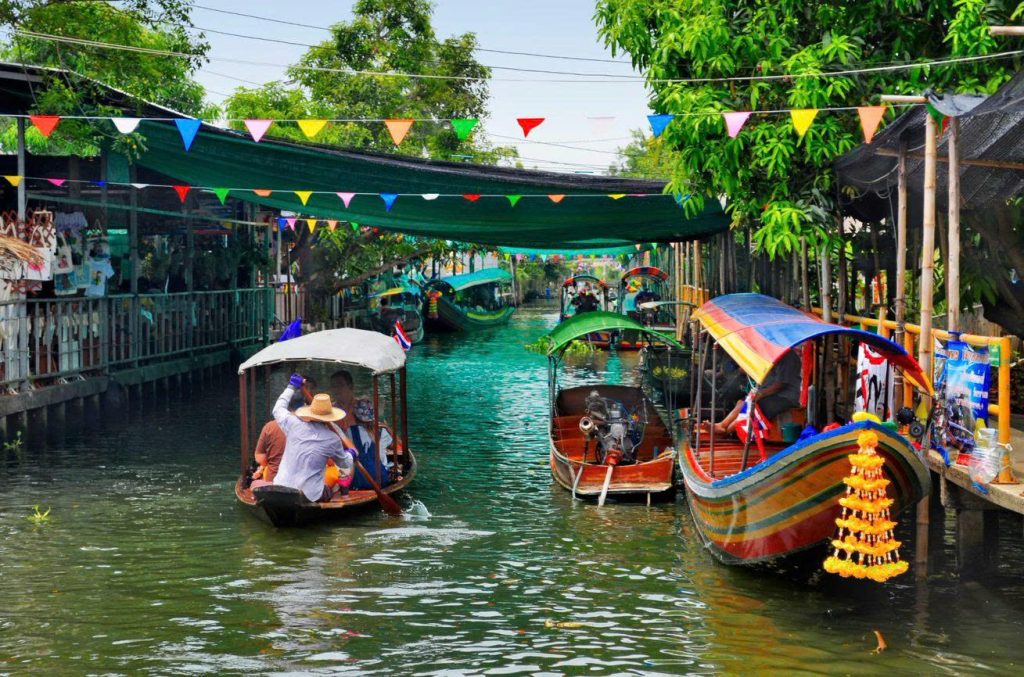
Bangkok’s traffic is notorious; avoid relying solely on taxis.
- Essentials: Use the BTS Skytrain and MRT Subway for fast, air-conditioned travel around Bangkok. They cover most major tourist areas.
- Ride-Hailing: The Grab (App) is the most reliable option for taxis and motorbikes outside the core BTS/MRT areas. It provides upfront pricing, avoiding disputes.
- Tuk-Tuk Negotiation: A fun experience, but always agree on the price beforehand. A good rule is to expect to pay about 1.5 times the Grab fare, but never accept the initial asking price.
Money Matters: Currency, ATMs, and Tipping Etiquette
- The official currency is the Thai Baht (THB). ATMs are widely available but charge a standard 220 THB foreign transaction fee.
- Tipping in Thailand Etiquette: Tipping is not mandatory but is customary for good service.
- Restaurants: 5–10% is standard.
- Street Food: No tip expected.
- Taxis/Tuk-Tuks: Round up to the nearest 10 or 20 THB.
- Massage: 50–100 THB is a good amount for an hour of service.
5. Thai Foodie Tips: A Culinary Survival Guide for Tourists
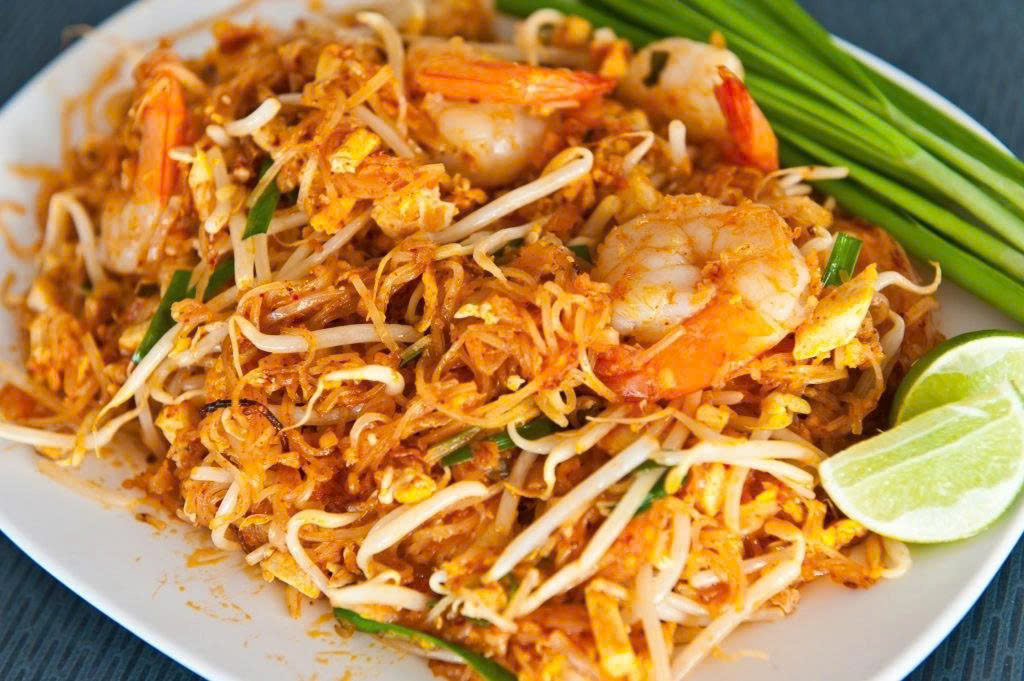
As fans of the vibrant Vietnamese Food Tips for Tourists, you will find Thailand’s cuisine equally, if not more, captivating.
Thai Street Food Safety Check
The joy of Thai travel is street food, but hygiene is key.
- Sanitation Cues: Look for stalls with high customer turnover (meaning fresh ingredients are cooked constantly). Check if the vendor uses bottled water or ice from commercially packaged bags.
- Cleanliness: Observe if the stall keeps raw meat and cooked food separated. If the vendor is wearing gloves or uses tongs, that is a positive sign.
- Avoid: Pre-cut fruit sitting out in the sun, and salads prepared with non-bottled water.
Essential Dishes to Find in 7 Days
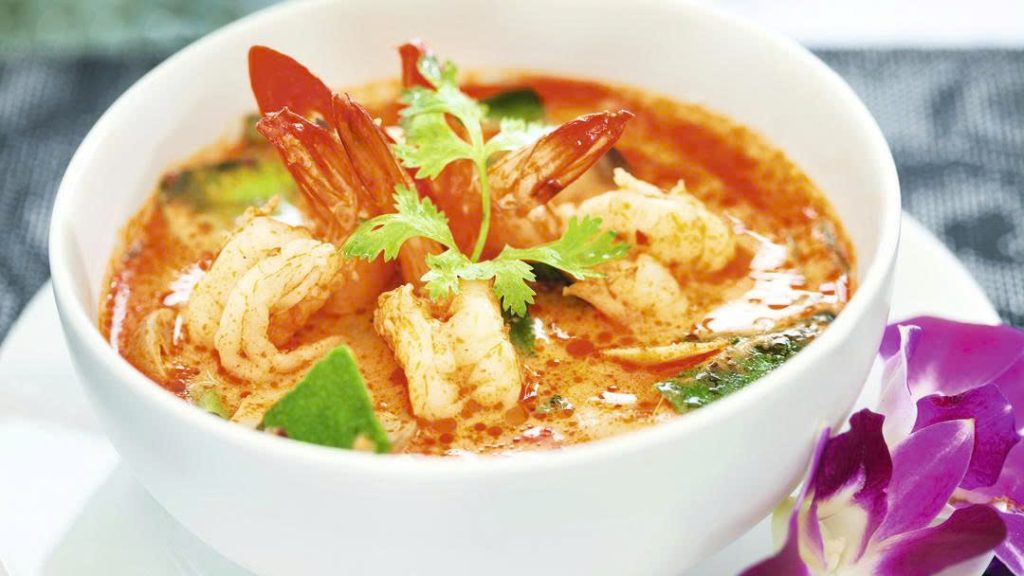
Make sure to tick these classics off your list:
- Pad Thai: The classic stir-fried noodle dish.
- Tom Yum Goong: The iconic hot and sour shrimp soup—a must-try flavor explosion.
- Green Curry (Gaeng Keow Wan): Sweet and creamy, often served with chicken and rice.
- Mango Sticky Rice (Khao Niao Ma Muang): The world-famous dessert.
- Som Tum (Papaya Salad): Fiery, refreshing, and the perfect contrast to heavy dishes.
How Thai Food Compares to Vietnamese Cuisine
For our readers familiar with Vietnamese cuisine, here is a quick comparison:
| Feature | Thai Cuisine | Vietnamese Cuisine |
| Balance | Sweet, Sour, Salty, Spicy (often all at once) | Balance of Fresh, Herbal, Sour, and Umami (less focused on heat) |
| Heat/Spice | High, often uses fresh chillies | Low to medium, chillies are usually optional additions |
| Fish Sauce Base | Nam Pla (stronger, saltier) | Nuoc Mam (lighter, often diluted into Nước Chấm dipping sauce) |
| Main Herbs | Basil, Galangal, Kaffir Lime Leaves | Mint, Cilantro, Dill, Lettuce (more focus on fresh salad leaves) |
6. Mastering Thai Dining Etiquette and Cultural Respect
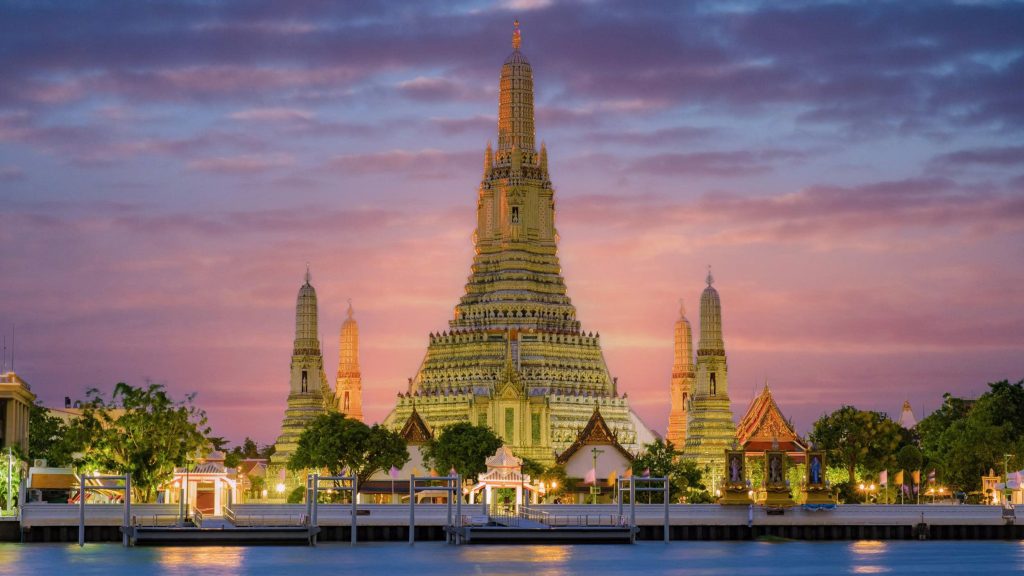
To ensure a seamless and respectful trip, a basic understanding of cultural rules is essential.
Temple Etiquette: What to Wear and How to Behave
- Wat (Temple) Rules: Always remove your shoes before entering any temple or a Thai home. You must wear clothing that covers your shoulders and knees.
- Buddha Image: Treat all images of the Buddha with the utmost respect. Never point your feet towards a Buddha statue or a person.
Social Respect: Head, Feet, and Public Decorum
- Head: The head is considered the most sacred part of the body. Never touch a Thai person’s head.
- Feet: The feet are considered the lowest and dirtiest part. Never use your feet to point at anything or anyone.
- The Wai: This is the traditional Thai greeting (hands pressed together like prayer). While tourists aren’t expected to initiate it with everyone, returning a Wai to hotel staff or monks is appreciated.
- The Royal Family: Showing disrespect to the Royal Family is a serious offense in Thailand. Always be mindful of your comments and actions regarding the monarchy.
RELATED: Top 15 Things to Do in Bangkok for First-Time Visitors
Communication Basics: Key Thai Phrases for Tourists
A simple effort to speak Thai goes a long way:
- Hello / Thank you: Sawasdee krap (if male) / Sawasdee ka (if female).
- Thank you: Kop khun krap / Kop khun ka.
7. Final Checklist: Preparing for Your Thailand Adventure
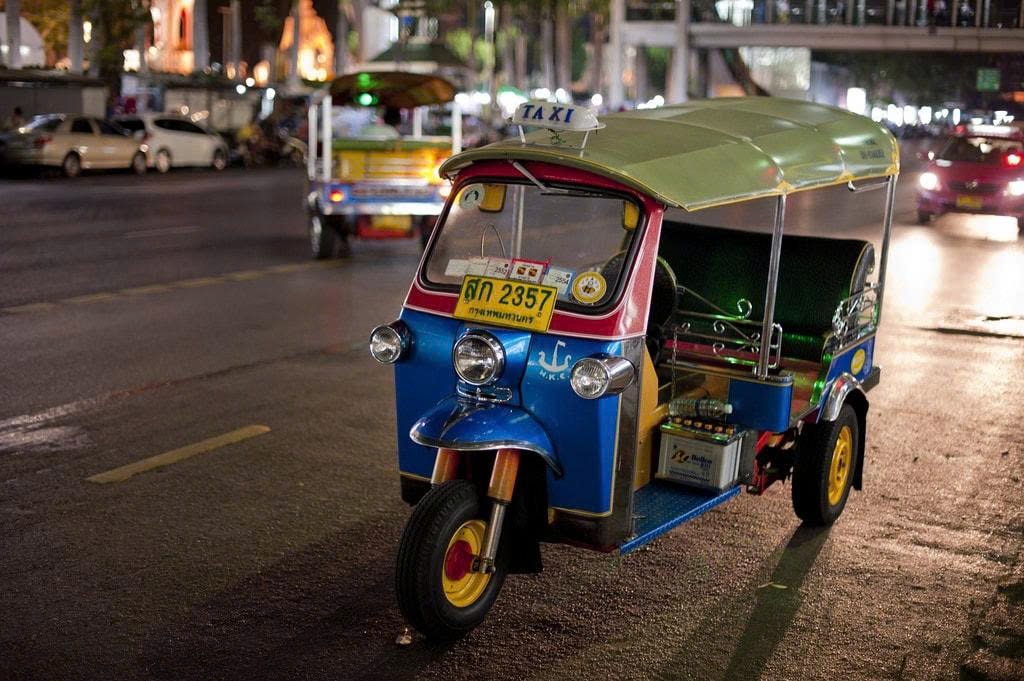
Your final steps before departure.
Essential Packing List
- Clothing: Lightweight, breathable fabrics (cotton/linen). One or two sets of modest clothes (covering shoulders/knees) for temples.
- Electronics: A Type A, B, or C adaptor (Thailand uses three different types).
- Health: High-quality insect repellent (essential in the islands) and reef-safe sunscreen.
- Footwear: Easy-to-remove slip-ons or sandals (you will take your shoes off frequently).
Travel Insurance and Emergency Contacts
Never travel without insurance, especially if you plan to rent a scooter in Phuket or Chiang Mai. Ensure your policy covers medical emergencies and potential theft.
RELATED: Top 10 Beaches in Thailand for Your Perfect Getaway
Seven days is the perfect window to experience the soul of Thailand, provided you choose your route wisely. Whether you prioritize the iconic temples of Bangkok and the beauty of the Southern Islands, or the rich culture of Chiang Mai, efficiency is key.
You now possess the essential logistics, from navigating transport to mastering street food etiquette. The planning is complete. Don’t delay—turn this guide into reality. Book your flights and accommodation today, and prepare for your unforgettable one-week adventure in the Land of Smiles.

